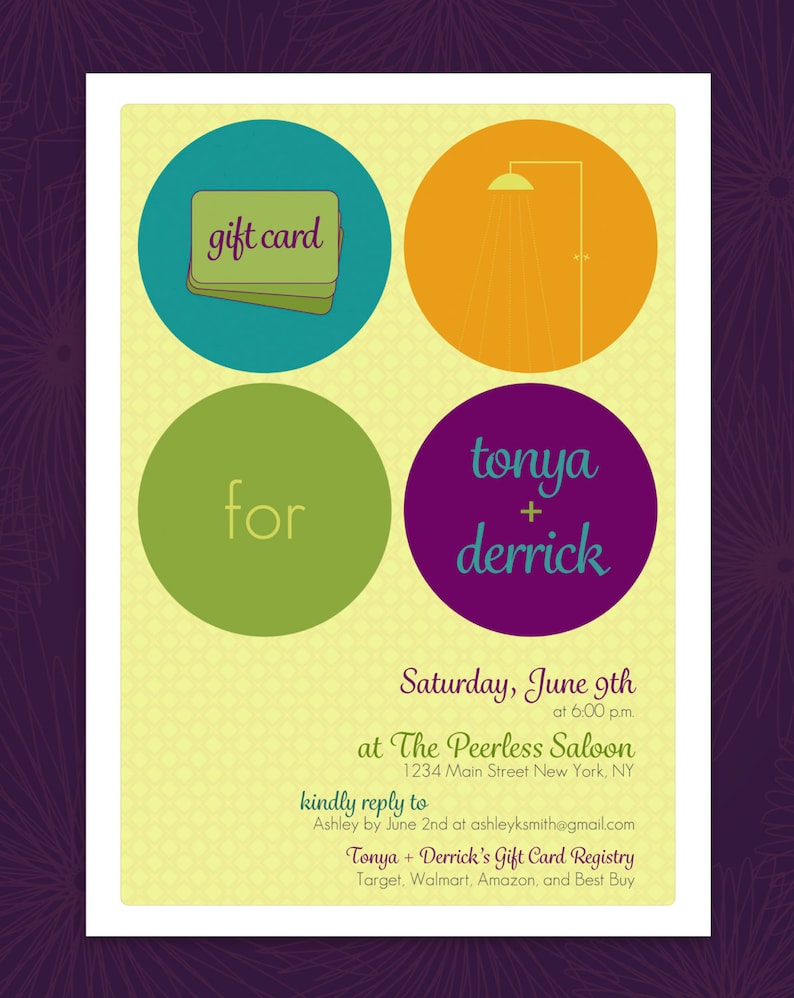How To Remove Scratches Or Errors From Engraved Glass
Famous Historic Glass Engravers You Need To KnowGlass engravers have been highly competent artisans and artists for hundreds of years. The 1700s were particularly notable for their achievements and appeal.
For example, this lead glass goblet demonstrates how engraving incorporated design patterns like Chinese-style concepts into European glass. It likewise highlights how the skill of a great engraver can generate imaginary depth and visual structure.
Dominik Biemann
In the initial quarter of the 19th century the traditional refinery region of north Bohemia was the only location where ignorant mythical and allegorical scenes engraved on glass were still in fashion. The goblet envisioned below was engraved by Dominik Biemann, who concentrated on small portraits on glass and is considered among one of the most important engravers of his time.
He was the child of a glassworker in Nové Svet and the sibling of Franz Pohl, an additional leading engraver of the duration. His work is characterised by a play of light and shadows, which is particularly noticeable on this cup displaying the etching of stags in woodland. He was likewise recognized for his work with porcelain. He died in 1857. The MAK Museum in Vienna is home to a big collection of his works.
August Bohm
A significant Nurnberg engraver of the late 17th century, Bohm collaborated with delicacy and a sense of calligraphy. He etched minute landscapes and engravings with strong official scrollwork. His job is a forerunner to the neo-renaissance style that was to dominate Bohemian and other European glass in the 1880s and beyond.
Bohm welcomed a sculptural feeling in both alleviation and intaglio inscription. He displayed his proficiency of the last in the carefully crosshatched chiaroscuro (tailing) effects in this footed goblet and cut cover, which shows Alexander the Great at the Fight of Granicus River (334 BC) after a paint by Charles Le Brun. In spite of his substantial ability, he never ever achieved the popularity and lot of money he looked for. He unique gift under $25 passed away in scantiness. His wife was Theresia Dittrich.
Carl Gunther
In spite of his determined work, Carl Gunther was an easygoing man who enjoyed spending time with family and friends. He loved his day-to-day routine of seeing the Collinsville Elder Facility to take pleasure in lunch with his friends, and these moments of camaraderie provided him with a much required reprieve from his requiring occupation.
The 1830s saw something rather remarkable occur to glass-- it ended up being vibrant. Engravers from Meistersdorf and Steinschonau created richly coloured glass, a taste called Biedermeier, to fulfill the demand of Europe's country-house classes.
The Flammarion engraving has actually come to be a sign of this new taste and has actually shown up in publications dedicated to scientific research as well as those discovering necromancy. It is likewise discovered in various museum collections. It is believed to be the only making it through example of its kind.
Maurice Marinot
Maurice Marinot (1882-1960) started his job as a fauvist painter, however became fascinated with glassmaking in 1911 when seeing the Viard bros' glassworks in Bar-sur-Seine. They provided him a bench and taught him enamelling and glass blowing, which he understood with supreme ability. He developed his very own strategies, utilizing gold flecks and exploiting the bubbles and various other natural flaws of the product.
His technique was to treat the glass as a creature and he was among the first 20th century glassworkers to make use of weight, mass, and the visual effect of all-natural defects as aesthetic components in his works. The event shows the significant influence that Marinot had on modern-day glass manufacturing. Unfortunately, the Allied battle of Troyes in 1944 ruined his workshop and countless drawings and paints.
Edward Michel
In the early 1800s Joshua presented a design that resembled the Venetian glass of the duration. He used a technique called diamond point engraving, which includes damaging lines into the surface of the glass with a tough metal carry out.
He also established the initial threading device. This development allowed the application of long, spirally injury routes of color (called gilding) on the main body of the glass, a crucial function of the glass in the Venetian design.
The late 19th century brought brand-new design ideas to the table. Frederick Kny and William Fritsche both operated at Thomas Webb & Sons, a British firm that concentrated on excellent quality crystal glass and speciality coloured glass. Their job reflected a preference for classical or mythical topics.
